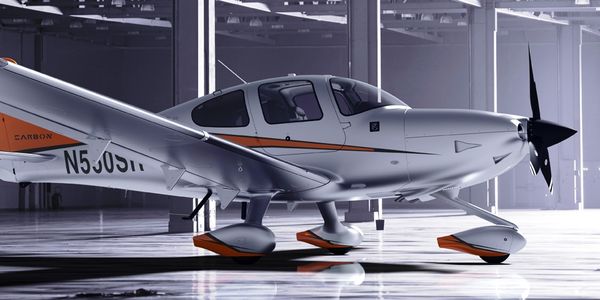Winter flying brings unique challenges – on the ground and in the air. Here are six cold weather flying tips to help you enjoy a safe season in the skies:
- Heat it up. Starting up your engine in below-freezing weather can cause a lot of wear and tear. To prevent this, ensure that you preheat your engine, either by storing your aircraft in a heated hangar or using an electric aircraft engine heater.
- Maintain tire pressure. Cold-weather pilots know that tire pressure changes with air temperature. Low tire pressure can impact aircraft performance or even result in a blowout. Be sure to check tire pressure often when the temperature drops.
- Check and store batteries. Wet cell batteries need to be kept fully charged during the winter months or removed when an aircraft is kept parked in cold air. Batteries which lose their charge during a hard start should be immediately recharged to head off any battery damage.
- Use the right engine oil. Check your manufacturer’s specifications to ensure you’re using the right engine oil and the correct amount of lubrication. What worked for you during the summer to “just get by” may put your aircraft at greater risk in the winter.
- Plan for less daylight and inclement weather. While we should be prepared for inclement weather during every season, winter weather can be especially treacherous. Ensure that your flight plan and flight preparation takes shorter days and rougher weather into account.
- Have fun! Winter flying can be safe as long as you perform the proper maintenance and safety checks, just as you do when flying during any other time of year.
